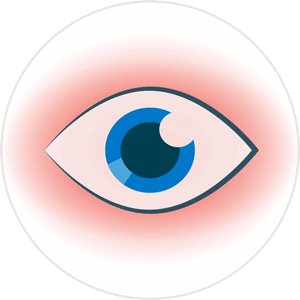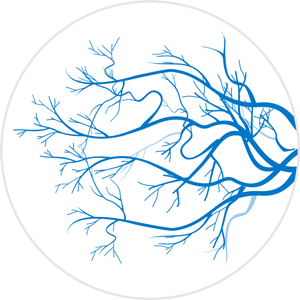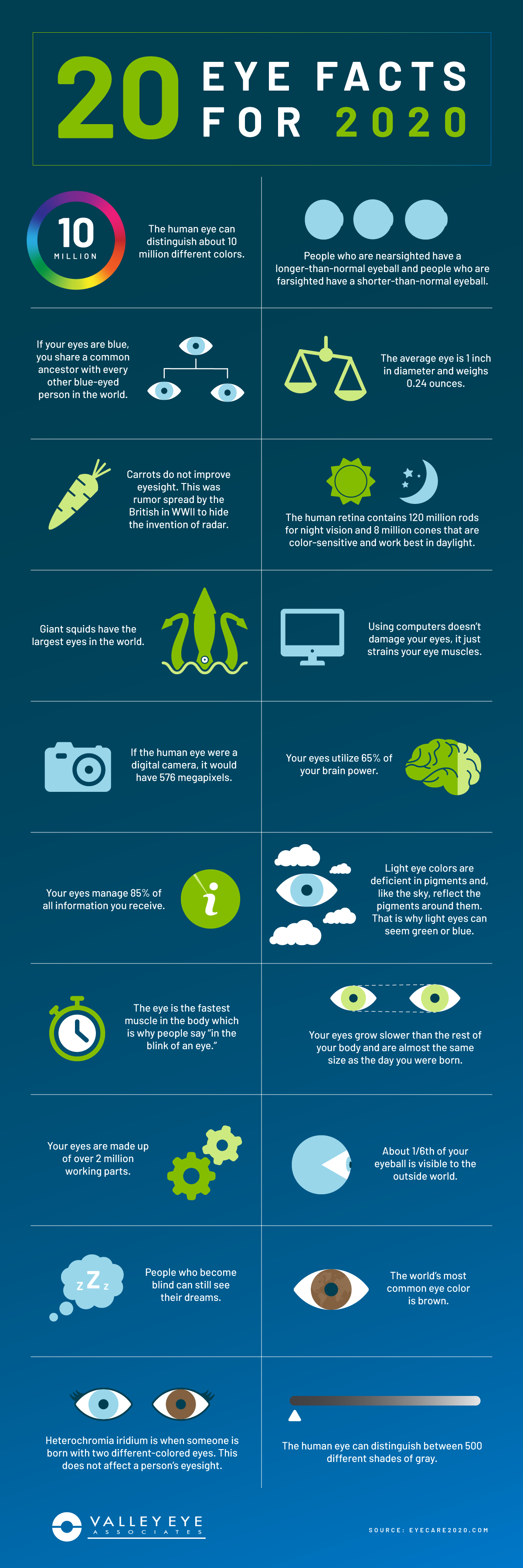Since the onset of COVID-19, working from home has become the new normal for many people. Individuals have rearranged their living spaces and assembled home offices to accommodate the need to be productive.
Keeping the health of your eyes in mind is an important step as you continue to optimize your home setup. Balancing the tasks of logging in to remote conferencing, working with pets at your feet, remembering to unmute, and the many nuances of living and working within the same environment can be overwhelming to juggle. We want a healthy routine for your eyes to be as easy as possible, so we’ve outlined the top ways to care for your eyes while working from home.
1. Light
Eye strain can be bothersome in environments where excessively bright lighting is present. Too much natural or artificial light can be hard on your eyes. If possible, position your computer to the side of a window to avoid a flood of natural light directly behind or in front of your workspace. Soft white LED or incandescent light bulbs will create the best artificial light for you to work under.
Be sure to consider the screen as a light source as well. The intensity of your screen brightness should match the room you are working in. Open a page with a primarily white background to test the lighting of your screen. If the screen seems to be emitting light, it’s too bright. If the screen seems dull, it’s too dark. Play around with the screen setting on your device or turn on the setting to automatically adjust the brightness based on your surroundings.
2. Position
This tip may come as a surprise, but posture can also affect eye strain. Assuming proper posture can be one of the most challenging obstacles when working from home. Chair height and monitor distance are the key factors in setting yourself up for good posture. Your feet should rest comfortably on the floor and your monitor should be placed directly in front of you about 20 to 24 inches away from your eyes. Ideally, to avoid squinting and neck strain, the center of the screen should be 10 to 15 degrees below your eyes.
3. Exercise
We all know exercise is important and that goes for your eyes too. Healthy eyes can easily shift focus between near and far vision. Looking at a computer screen for extended periods may make it difficult for your eyes to focus at a distance. Although this is temporary, it’s a good practice to exercise your eyes to relax the muscles and reduce fatigue. Consider working the “20-20-20 Rule” into your daily routine. It’s as simple as pausing to look at an object at least 20 feet away for 20 seconds every 20 minutes.
Working primarily at a computer can also cause dry eye. We tend to blink less while looking at a screen. Studies have shown that people blink about one third less while working at a computer. Help avoid dry eye by blinking your eyes slowly 10 times every 20 minutes.
4. Contact & Glasses Care
It is always important to be diligent with hand washing before touching the area around your eyes. As with any contagious disease, it is not recommended to wear contacts while sick. If you aren’t currently ill, it is safe to wear contact lenses, but we encourage you to take precautions by properly washing your hands with soap and water for at least 20 seconds and drying with a clean towel. You should also continue to follow the disinfection methods recommended by your contact lens manufacturer and eye care provider.
To avoid transferring germs to your face, it is also recommended to sanitize and wash your hands and glasses often, especially when frequently removing or adjusting reading glasses.
We know there are many things to think about and balance right now. But taking these small actions of self-care can help you protect one of your most precious assets: your vision.



